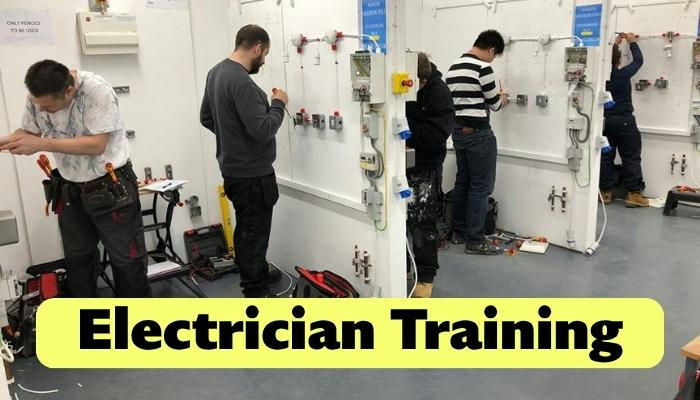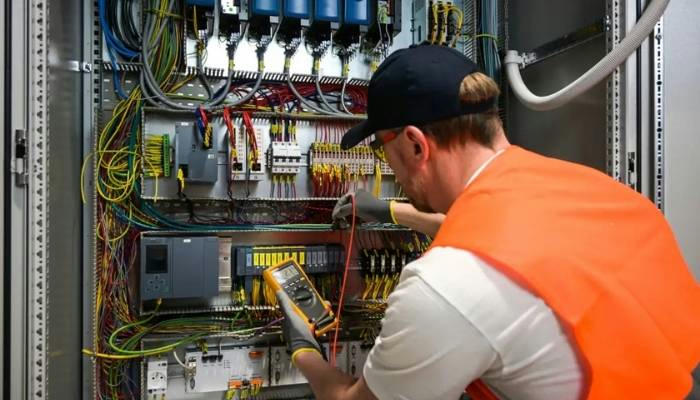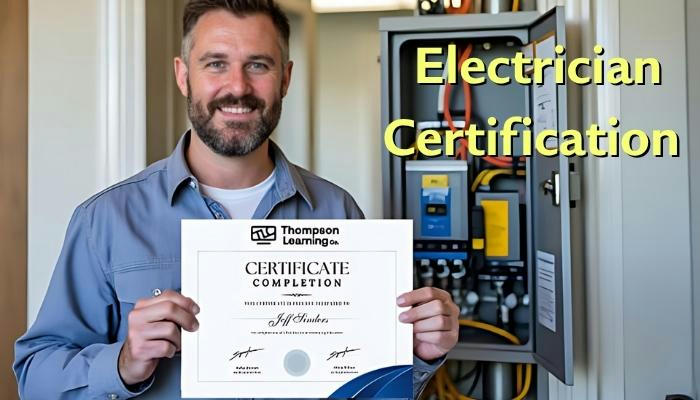Electrician Training: What to Know Before You Apply
Becoming a certified electrician offers a direct path to stable, hands-on careers in technology-driven fields. With growing demand in renewable energy, automation, and smart infrastructure, here’s what aspiring electricians should consider before enrolling in training programs.

Career Reality Check: Is Electrical Work Right for You?
Physical & Mental Demands
• Daily climbing, kneeling, and lifting >50 lbs
• Precision work in confined spaces
• Mathematical calculations under time constraints
• Safety-focused decision making
Personality Alignment
Successful electricians typically exhibit:
• Troubleshooting obsession
• Detail-oriented workflow
• Comfort with structured routines
• Technical curiosity
Training Pathways Compared (2025 Update)
| Program Type | Duration | Approximate Cost | Hands-On Hours | Licensing Eligibility |
|---|---|---|---|---|
| IEC Apprenticeship | 4 years | $5,000-$8,000 | 8,000+ | Full Journeyman |
| Trade School Diploma | 9-12 months | $12,000-$18,000 | 600-800 | Limited Residential* |
| Community College | 2 years | $6,500-$11,000 | 1,200+ | Commercial/Industrial |
| Military Training | 3+ years | N/A | 10,000+ | Nationally Portable |
| Union (IBEW/NECA) | 5 years | $1,000-$3,000/year | 10,000+ | Full Commercial |
*State-dependent – California/Texas require additional hours
Core Curriculum Components
All accredited programs must cover:
Theory Fundamentals
• Ohm's Law applications
• National Electrical Code® updates
• Circuit analysis
• Blueprint interpretation
Practical Skill Labs
Residential wiring systems
Conduit bending techniques
Panel installation and repair
Multimeter diagnostics
Transformer configurations

Licensing Step-by-Step (Majority of States)
Pre-Apprentice Training: 150-500 hours classroom
Apprentice Registration: State tracking (4,000-8,000 hours)
Journeyman Exam: NEC knowledge and calculations
Master Electrician: 2+ years journeyman experience
Continuing Education: 16 hours every 3 years
2025 Industry Shifts Impacting Training
Emerging Specializations
• EV Charging Systems: NEC Article 625 certification
• Smart Home Integration: KNX/Crestron protocols
• Solar Storage Systems: Battery bank configurations
• Grid Modernization: Microgrid synchronization
Technology Integration
Programs now include:
• Augmented reality circuit simulations
• BIM coordination software training
• Thermal imaging diagnostics
• Drone-assisted site surveys
Financial Planning Considerations
Training ROI Analysis
| Career Stage | Residential | Commercial | Industrial |
|---|---|---|---|
| Year 1-2 (Apprentice) | $18-$24/hr | $21-$28/hr | $26-$34/hr |
| Year 3-5 (Journeyman) | $26-$38/hr | $32-$48/hr | $45-$65/hr |
| 5+ Years (Master) | $45-$75/hr | $55-$85/hr | $65-$100/hr |
Key Notes:
• Industrial shutdown crews earn $85+/hr during projects
• Union packages add 35%+ in benefits/training funds
• Independent contractors charge $95-$150/service hour
Application Checklist
Before enrolling, verify:
• Accreditation: DOL/state board recognition
• Tool Kits: Included vs. separate purchase
• Exam Pass Rates: >80% for past 3 years
• Partnerships: Contractor placement networks
• Apprenticeship Linkages: Direct program articulation
• Financial Aid: VA benefits/WIOA eligibility

Field Insight: Advice from Working Electricians
"Focus on code theory early – field skills come with repetition. Invest in commercial experience even if starting residential; complex systems make you more versatile long-term."
– Miguel R., Master Electrician (Houston, TX)
"Specialize by year 3: renewables or industrial automation pay premiums. Your first multimeter should be industrial-grade."
– Jen L., Solar Integration Specialist (San Diego, CA)
Electrician training requires substantial commitment but delivers tangible returns through phased certifications. Prioritize programs with industry partnerships and modern equipment access. The 2025 energy transition creates unprecedented opportunities for technicians who continually upgrade their skills alongside technological advancements.
